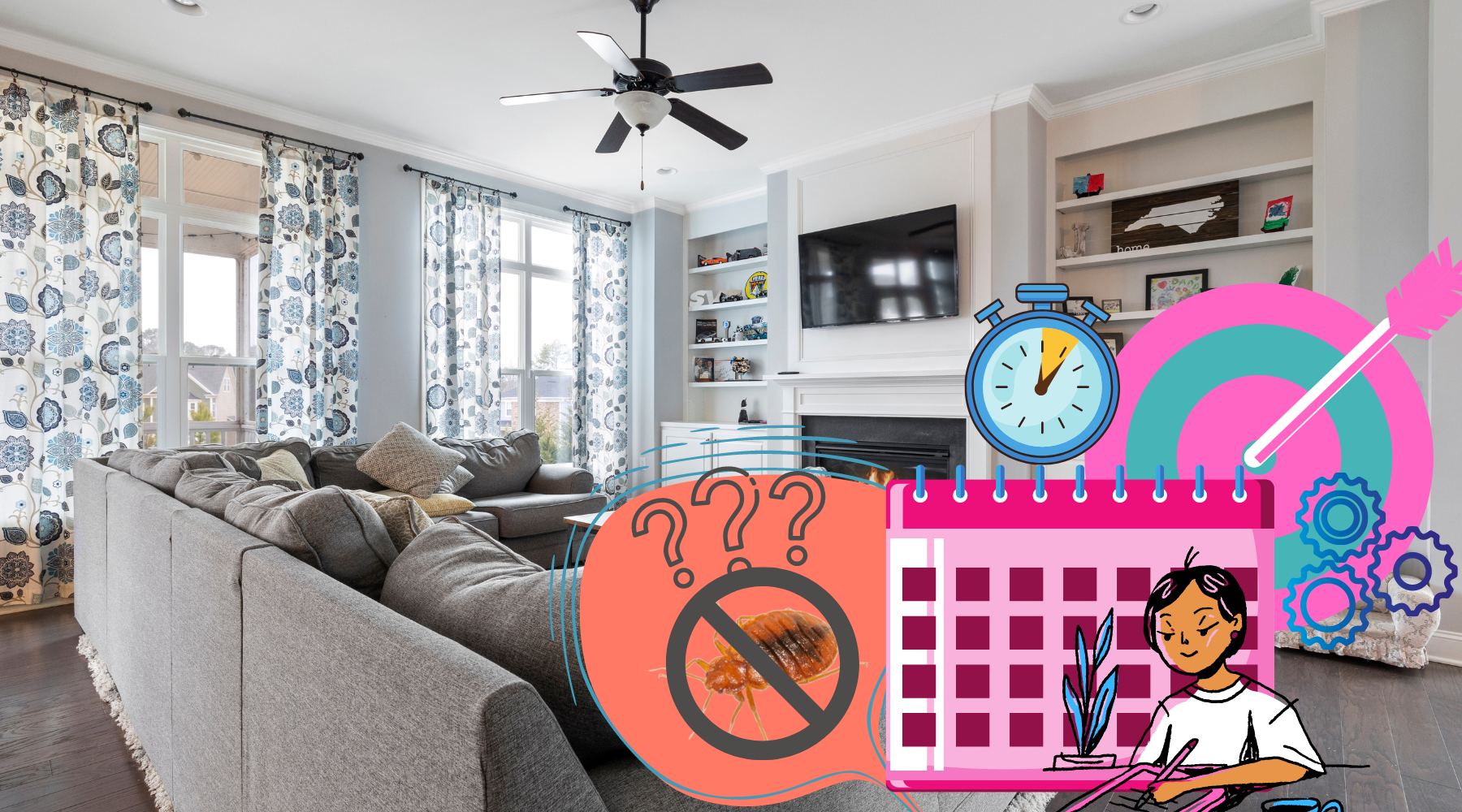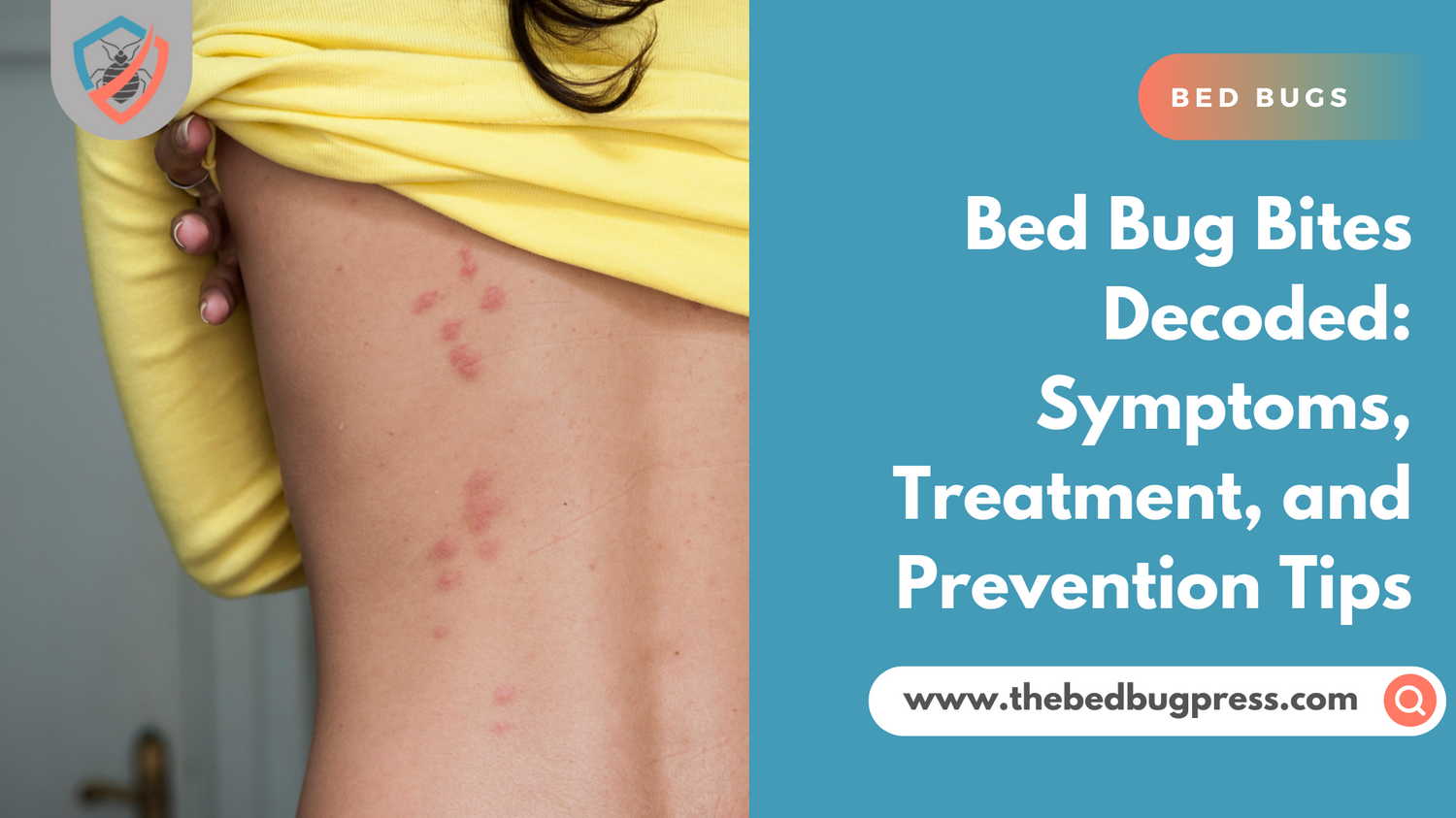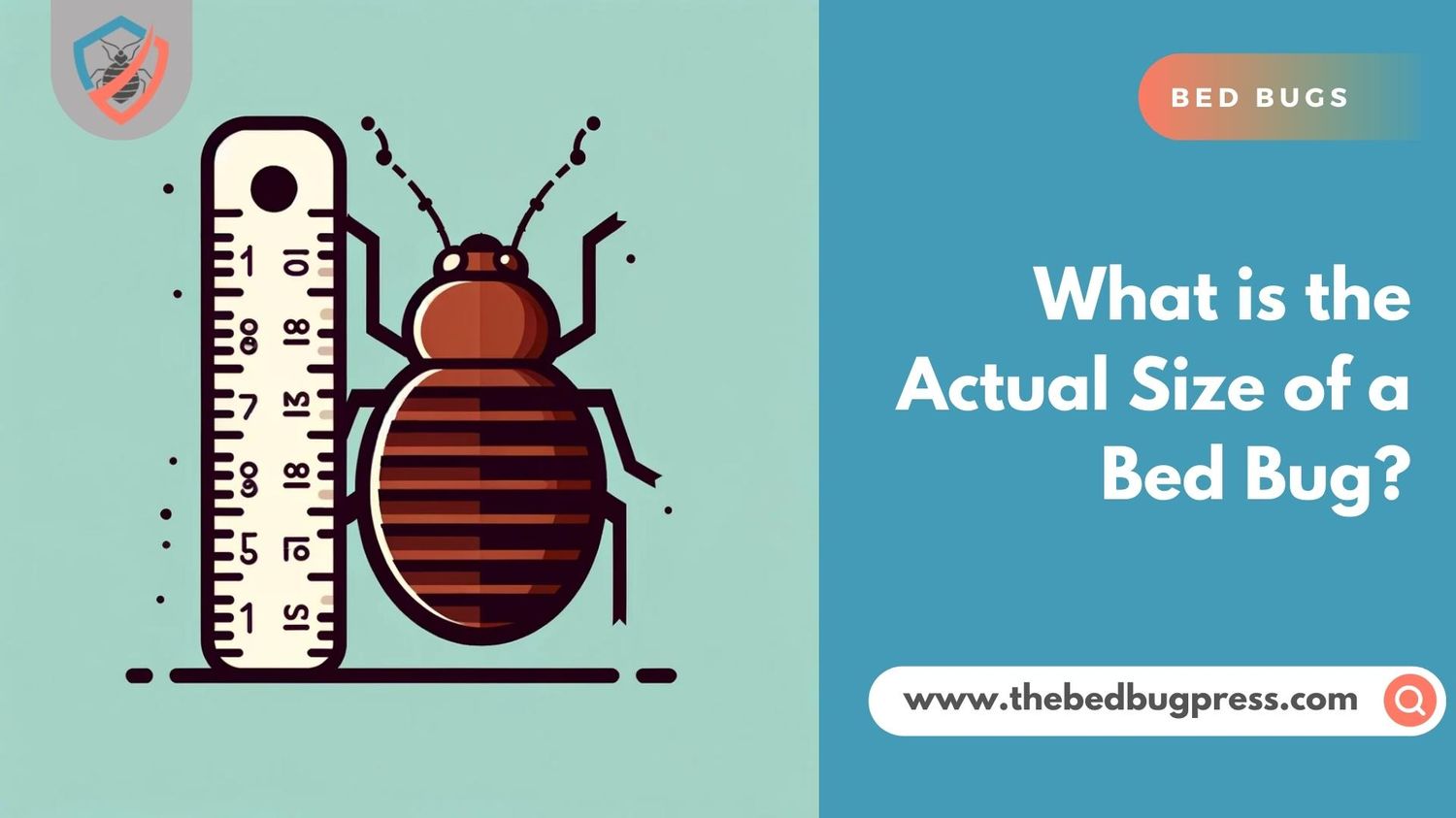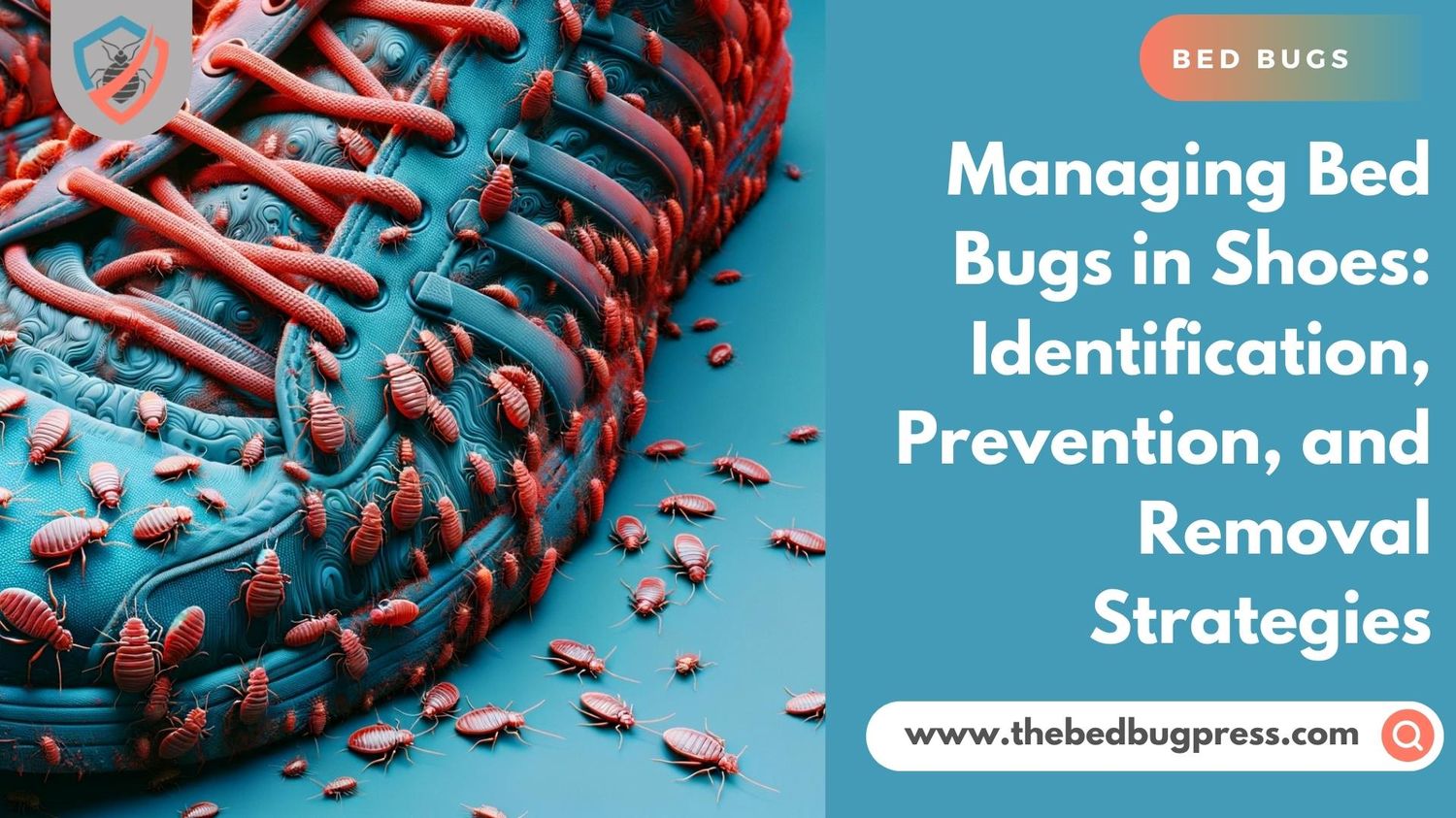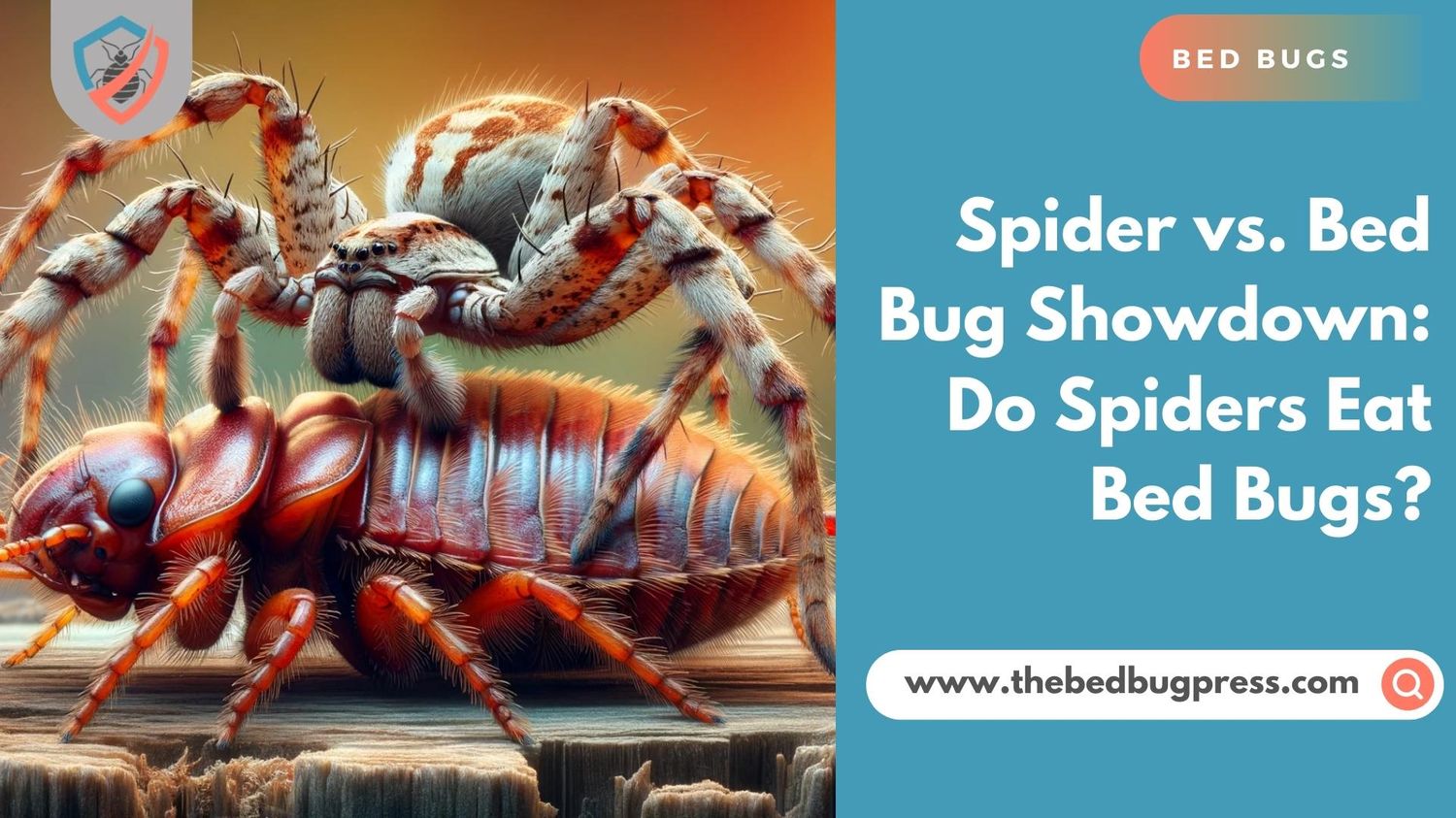Bed bugs are a nightmare to deal with, and once you’ve gone through the process of treating your home, you want to make sure that it’s safe to return. But how long should you wait after bed bug treatment before going back to your normal routine? In this article, we’ll discuss the safety timeline for returning after bed bug treatment and give you peace of mind knowing when it’s safe to come back.
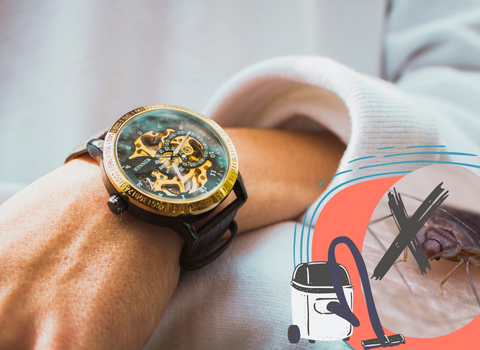
How Long After Spraying for Bed Bugs Is It Safe
After the bed bug treatment has been applied, it’s natural to wonder how long you should wait before returning to your home. The answer depends on the type of treatment used, as well as the severity of the bed bug infestation.
In general, it’s safe to return after 4-6 hours of applying a bed bug spray treatment. However, it’s always best to follow the advice of your pest control professional and wait until they give you the all-clear before re-entering your home.
What to Expect After Saying Goodbye to Bed Bugs
Saying goodbye to bed bugs is a huge relief, but it doesn’t mean that everything will immediately return to normal.
After the treatment, you can expect to see fewer and fewer bed bugs over time until they are completely gone. However, it’s important to note that some bed bug bites may still appear for a few weeks after the treatment as the remaining bed bugs die off.
Additionally, you may need to do some deep cleaning and laundry to get rid of any remaining bed bug eggs or dead bugs. Overall, with patience and persistence, you can say goodbye to bed bugs for good and enjoy a peaceful night’s sleep once again.
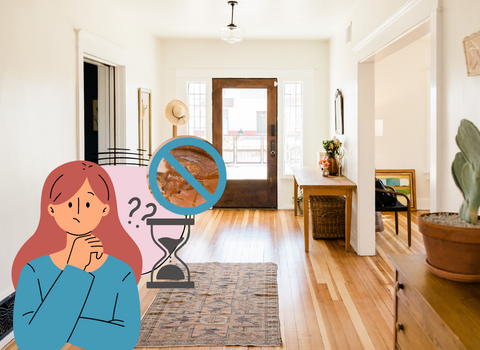
How to Tell if The Bed Bug Treatment Worked
After a bed bug treatment has been completed, it’s important to monitor your home for any signs of continued bed bug activity. Here are some ways to tell if the treatment worked:
Check for live bugs.
After the treatment, you should see a significant reduction in the number of live bed bugs. If you continue to see live bugs after a few days or weeks, then the treatment may not have been successful.
Look for signs of bed bug activity.
This includes checking for blood stains on sheets and mattresses, fecal matter (which looks like small black dots) and shed skin. If you continue to see these signs after treatment, then there may still be an active infestation.
Monitor for bites.
If you or anyone in your household continues to get bitten after the treatment, then there may still be live bed bugs present.
If you have any concerns about the effectiveness of the treatment, it’s best to contact your pest control professional and ask them to come back and inspect your home again.
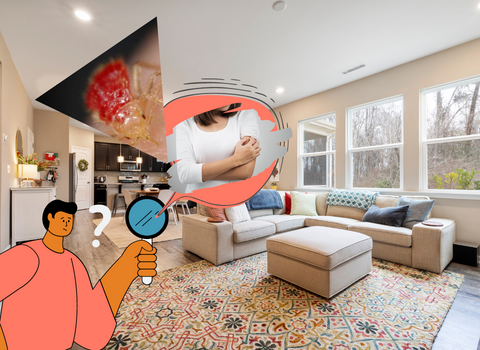
I See a Bed Bug – Is That Normal After Treatment?
It’s not uncommon to see a bed bug or two after treatment, especially if the infestation was severe. Bed bugs can survive for several weeks without feeding, so it’s possible that some may have been hiding and were not killed during the initial treatment.
However, seeing live bed bugs after treatment should be taken seriously and you should contact your pest control professional immediately to schedule a follow-up inspection and treatment if necessary.
Remember that patience is key when dealing with bed bugs – it may take several treatments over several weeks to completely eliminate them from your home.
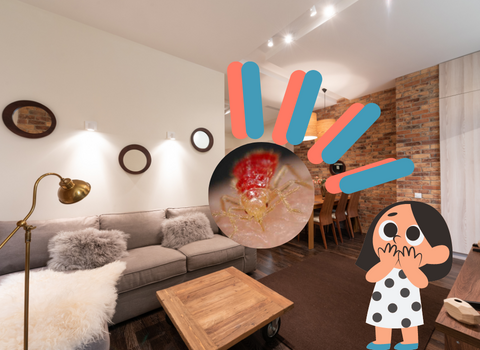
The Timeframe for Bed Bugs to Die After Treatment
The timeframe for bed bugs to die after treatment can vary depending on the type of treatment used, the severity of the infestation, and other factors such as temperature and humidity.
In general, most treatments will start to show results within a few days to a week. However, it may take several weeks or even months for all bed bugs to be removed completely.
For example, if heat treatment is used, bed bugs will typically die within a few hours of exposure to high temperatures. If chemical treatment is used, it may take several days for all bed bugs to come into contact with bed bug sprays and die.
It’s important to remember that patience is key when dealing with bed bugs – it may take several treatments over several weeks to completely get rid of bed bugs from your home. Additionally, it’s important to follow any post-treatment instructions provided by your pest control professional to ensure the effectiveness of the treatment.
Sweet Dreams! When Can You Snuggle Up in Your Bed Again?
The amount of time you should wait before snuggling up in your bed again after a bed bug treatment can vary depending on the type of treatment used. Usually, it’s recommended that you wait at least 4 hours after a chemical bed bug spray treatment before coming into contact with any treated surfaces.
If heat treatment was used, you may be able to use your bed immediately after the treatment is complete as long as the temperature has returned to normal and there are no residual chemicals left behind.
It’s important to follow any post-treatment instructions provided by your pest control professional to ensure that the treatment is effective and safe for you and your family. Additionally, it’s a good idea to wash all bedding and linens in hot water and dry them on high heat before using them again.
Cleaning Up After Bed Bugs: Essential Steps for a Thorough Cleanse
Cleaning up after a bed bug infestation is essential to prevent any remaining bugs from re-infesting your home. Here are some essential steps for a thorough cleanse:
Remove all clutter and vacuum the affected area thoroughly, paying special attention to cracks and crevices where bed bugs may hide.
Wash all bedding, linens, curtains, and clothing in hot water and dry them on high heat for at least 30 minutes.
Use a stiff brush to scrub mattress seams, tufts, and folds to dislodge any bed bugs or eggs that may be present.
Steam clean carpets, rugs, and upholstered furniture (or have them professionally cleaned).
Seal any cracks or crevices in walls or baseboards with caulk.
Dispose of any infested items that cannot be treated (such as heavily infested furniture).
Consider using bed bug-proof encasements on your mattress and box spring to prevent future infestations.
It’s important to note that even with a thorough cleaning, it may take several treatments over several weeks to completely remove and kill bed bugs from your home. It’s recommended that you work with a pest control professional who can provide effective treatment options and guidance on how to prevent future infestations.
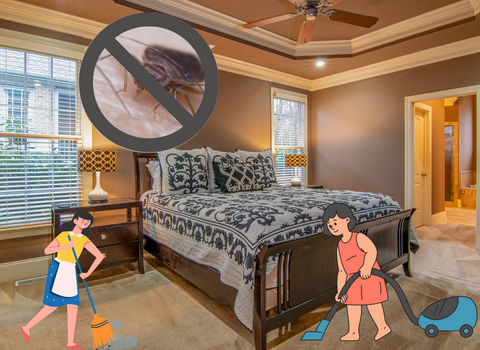
Understanding Changes in Bed Bug Behavior After Treatment
After a bed bug treatment, it’s important to understand that the behavior of the remaining bed bugs may change. Here are some common changes you may notice:
Increased activity: Bed bugs may become more active after treatment as they try to avoid treated areas or search for new hosts.
Dispersal: Bed bugs may disperse to other areas of your home that were previously unaffected by the infestation.
Reproduction: Female bed bugs can still lay eggs after treatment, so new infestations can occur if any eggs survived the treatment.
Resistance: Some bed bug populations have developed resistance to certain bed bug sprays, which can make them harder to eliminate with traditional treatments.
It’s important to work closely with your pest control professional after a treatment to monitor for any signs of continued activity and address any new infestations promptly. Regular inspections and ongoing preventative measures such as mattress encasements and regular cleaning can also help prevent future infestations.
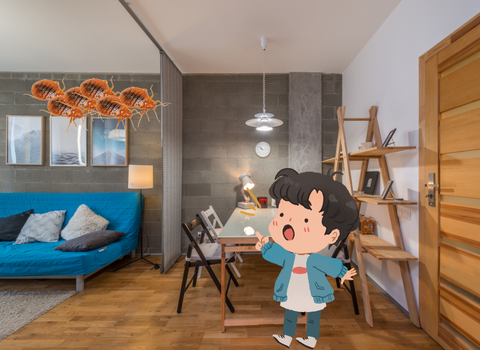
Tips for Coming Back to a Bed Bug-Free House
Returning to a bed bug-free house after an infestation can be a relief, but it’s important to take steps to prevent future infestations. Here are some tips for coming back to a bed-bug-free house:
Inspect your luggage and belongings before bringing them inside: Bed bugs can hitchhike on clothing or luggage, so inspect all items before bringing them into your home.
Use bed bug-proof encasements on your mattress and box spring: These encasements can help prevent any remaining bed bugs from re-infesting your bedding.
Keep clutter to a minimum: Clutter provides hiding places for bed bugs, so keep your home tidy and clutter-free.
Regularly clean bedding, linens, and clothing in hot water: This can help kill any bed bugs or eggs that may have hitchhiked into your home.
Consider using a bed bug intercepting device: These devices go under the legs of your bed and can trap any crawling bed bugs trying to reach you while you sleep.
Schedule regular inspections with a pest control professional: Regular inspections can catch any potential infestations early before they become widespread.
By following these tips, you can help prevent future infestations and enjoy a peaceful night’s sleep in your bed bug-free home.
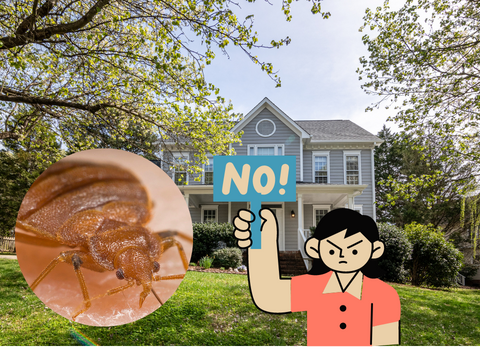
Preventing Future Infestations of Those Sneaky Bed Bugs
Preventing future infestations of bed bugs can be a challenge, but there are steps you can take to reduce your risk. Here are some tips for preventing future infestations:
Regularly inspect your home.
Regular inspections can help you catch any potential infestations early before they become widespread.
Keep clutter to a minimum.
Clutter provides hiding places for bed bugs, so keep your home tidy and clutter-free.
Seal cracks and crevices.
Bed bugs can enter your home through tiny cracks and crevices, so seal these up with caulk or another appropriate material.
Use bed bug-proof encasements on your mattresses and box springs.
These encasements can help prevent bed bugs from infesting your bedding instead of plain box springs and mattress covers.
Be cautious when traveling.
Bed bugs often hitchhike on luggage or clothing, so inspect all items before bringing them into your home after traveling.
Avoid buying used furniture.
Used furniture may have hidden bed bug infestations that could spread to your home.
Work with a pest management professional
A professional pest management company can provide ongoing monitoring and preventative treatments to help keep bed bugs at bay.
These tips will help reduce your risk of future bed bug infestations and enjoy peace of mind in your home.


